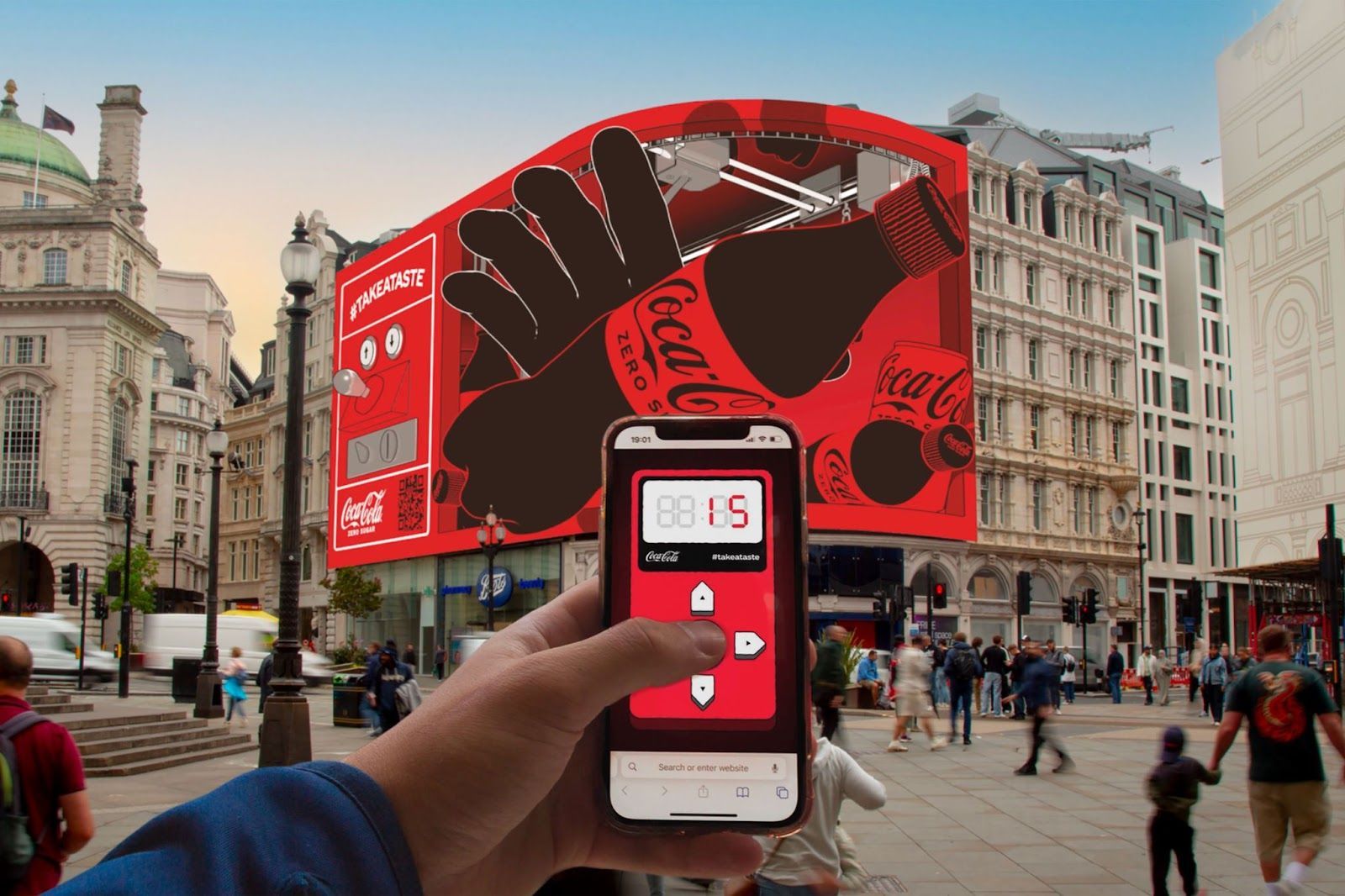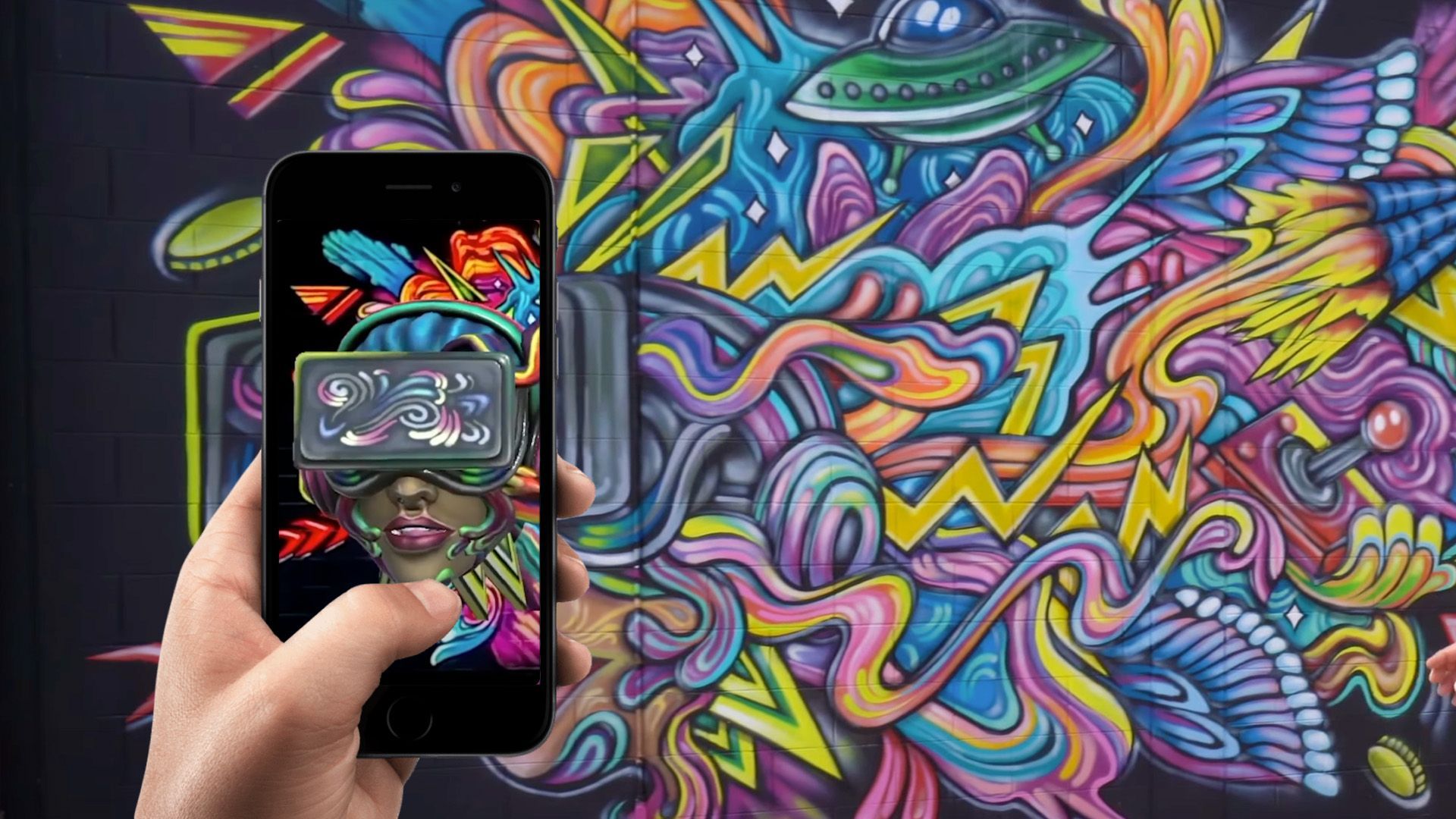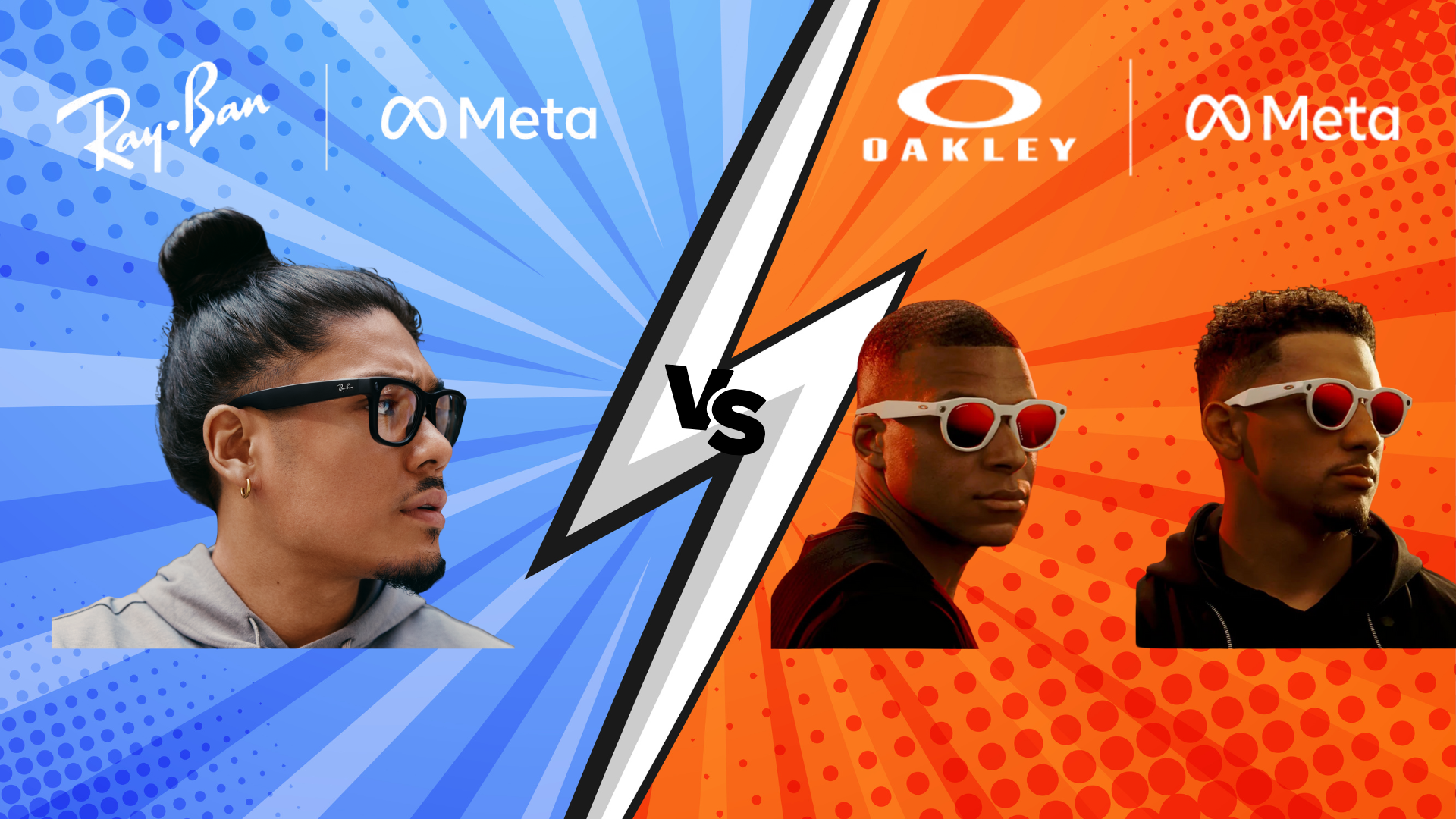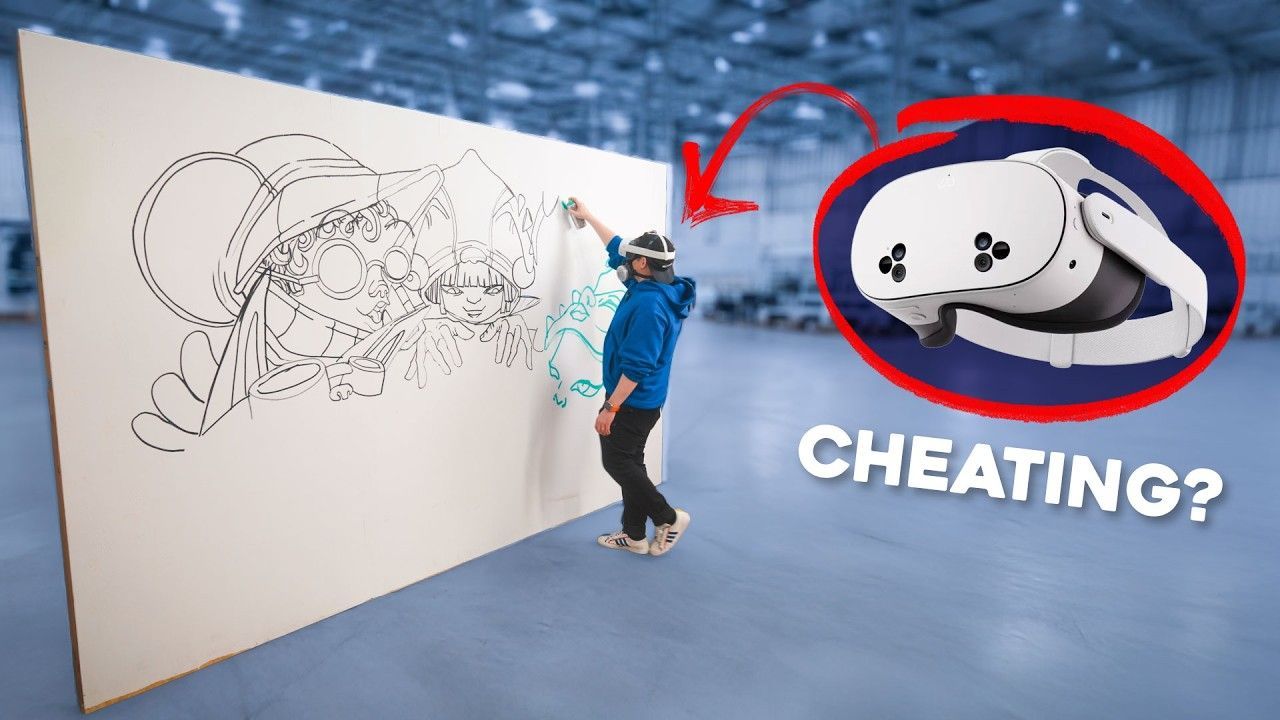The Role of Artificial Intelligence in Augmented Reality and Virtual Reality
BrandXR Founder & CEO Moody Mattan talks about the converging of AI, AR/VR, and other technologies to create the Metaverse.
In this rapidly changing digital age, technology continues to evolve and revolutionize our lives in myriad ways. In the forefront of these technological breakthroughs is the confluence of Artificial Intelligence (AI), Augmented Reality (AR), and Virtual Reality (VR).
The Confluence of AI, AR, and VR: A Technological Evolution
AI, AR, and VR are no longer foreign terms in our lexicon, but do we truly understand their profound implications?
Defining Key Concepts: AI, AR, and VR
AI, at its core, is the creation of intelligent machines that mimic human behavior and learning capabilities. AR overlays digital content onto our physical world, augmenting our reality. VR, on the other hand, immerses us completely in a virtual world. So, how does AI come into play in AR and VR? Let's find out.
The Emergence of AI in AR and VR
The true power of AR and VR lies in their interactive capabilities and
immersive experiences. However, it is AI that supercharges these experiences, providing real-time responses and personalized environments.
AI-powered AR: A Game Changer
AI in AR is transforming how we interact with the digital world. It enables applications to recognize and understand their environment, providing real-time and contextually relevant information.
The Impact of AI on VR Applications
When it comes to VR, AI helps to create more lifelike and
interactive virtual environments. AI-powered characters can learn and adapt to the user's behavior, creating a more immersive and realistic experience.
Harnessing the Power of AI for Interactive Experiences
AI's machine learning capabilities are integral to enhancing the interactivity of AR and VR. But how does this happen?
How AI Enhances User Interaction in AR and VR
AI algorithms learn from each user interaction, refining and personalizing the AR and VR experience. This enables the creation of immersive environments that react in real-time to the user's actions.
Without AI perception algorithms, your Pokémon would float in the air or run through walls like a ghost. In other words, AI in AR and VR makes it possible to create more realistic experiences.
Using AI to Create Immersive Virtual Worlds
AI algorithms can be used to create complex, dynamic virtual worlds in VR applications. These virtual worlds can be modified and adapted in real-time based on user input and behavior.
Soon, generative AI will be used in AR and VR to create content in 3D directly in front of your eyes, such as spawning virtual objects, animals or full avatars to interact with, or even turning your otherwise plain room into an exotic environment.
Natural Language Processing (NLP) in AR and VR
NLP, a subset of AI, is revolutionizing how we communicate with AR and VR systems. It enables these systems to understand and respond to human speech, enhancing the realism and interactivity of virtual experiences.
Real-Time Communication and Interaction
Through NLP, AR and VR applications can provide real-time responses, making the user feel like they are interacting with a human and not a machine.
The Benefits of AI-Infused AR and VR
AI doesn't just enhance AR and VR; it transforms them. How, you ask? Let's delve into this.
Personalized Experiences Through Machine Learning
AI's machine learning algorithms learn from user behavior, enabling AR and VR applications to provide personalized experiences that adapt to the user's preferences and behavior.
Amplified User Experience and Learning Experiences
AI significantly enhances the user experience in AR and VR, making it more immersive, interactive, and engaging. This is particularly beneficial in learning experiences where AI can adapt the content based on the learner's progress and understanding.
The Future of AI in AR and VR
As technology continues to evolve, the role of AI in AR and VR will only become more significant.
Anticipating Technological Advancements
With continued advancements in AI, we can anticipate more immersive, interactive, and personalized AR and VR experiences in the future. The potential of AI-powered AR and VR is just beginning to be tapped, and the possibilities are limitless.
In conclusion, AI plays a pivotal role in the continued evolution and development of AR and VR technologies. It has opened new doors for interactive and personalized experiences, making AR and VR more engaging and immersive. As we look to the future, AI's role in AR and VR will only continue to grow, creating exciting prospects for technological advancement.*
TALK TO A PRO
We're here to bring your brand to life!
Stay Connected with BrandXR
Create Augmented Reality for Free!
Create, Publish, and Measure 3D Augmented Reality Experiences Without Having to Code.














